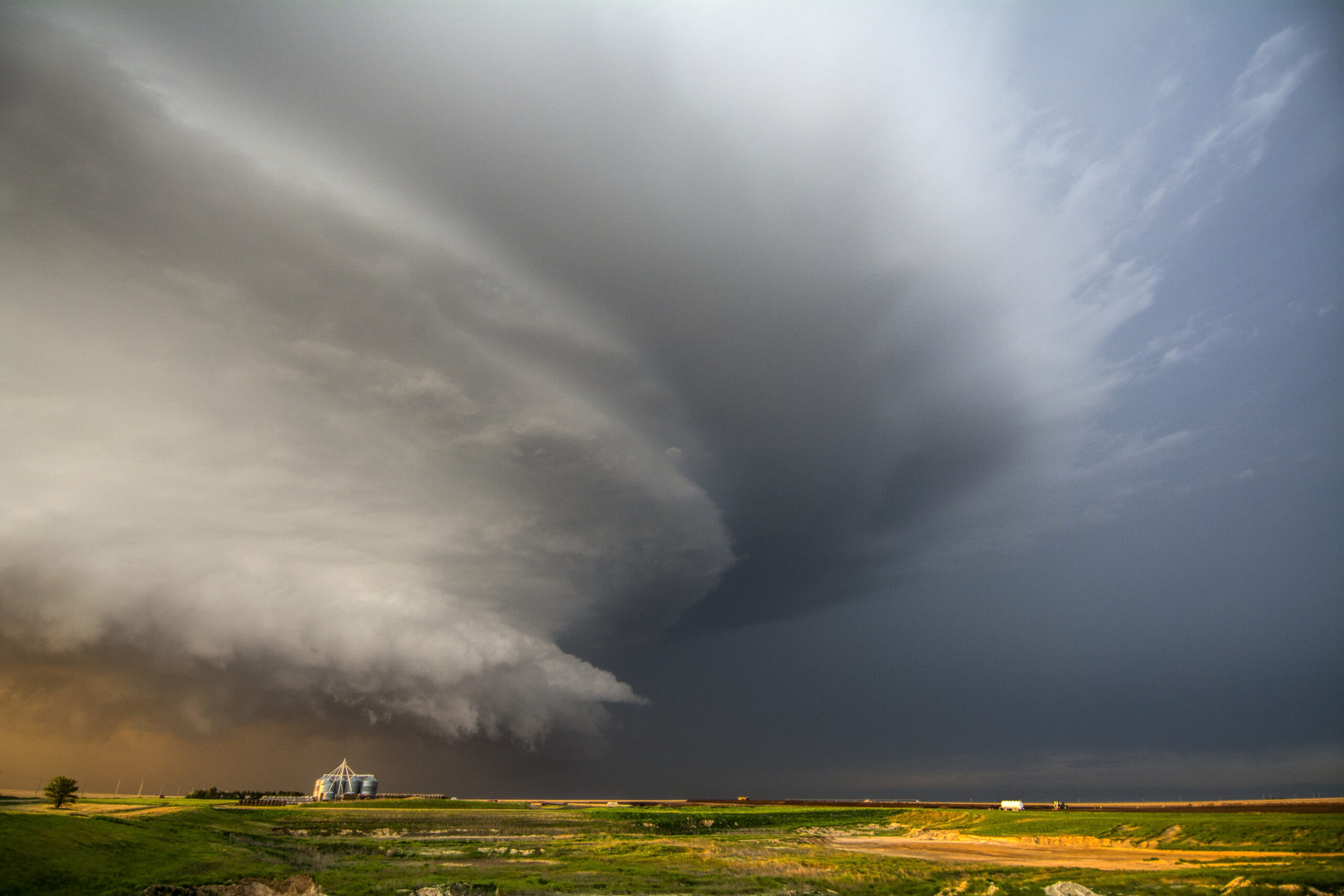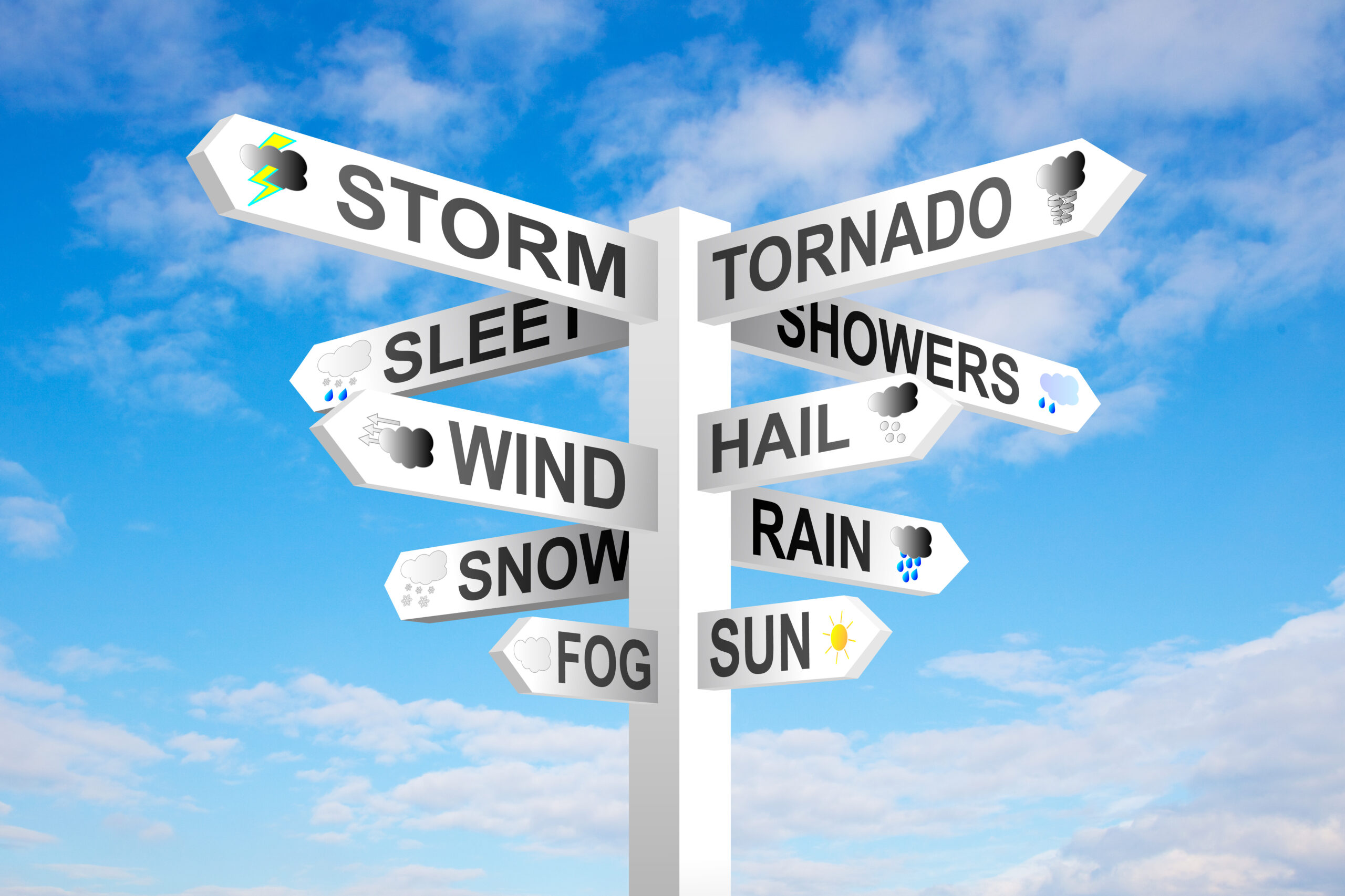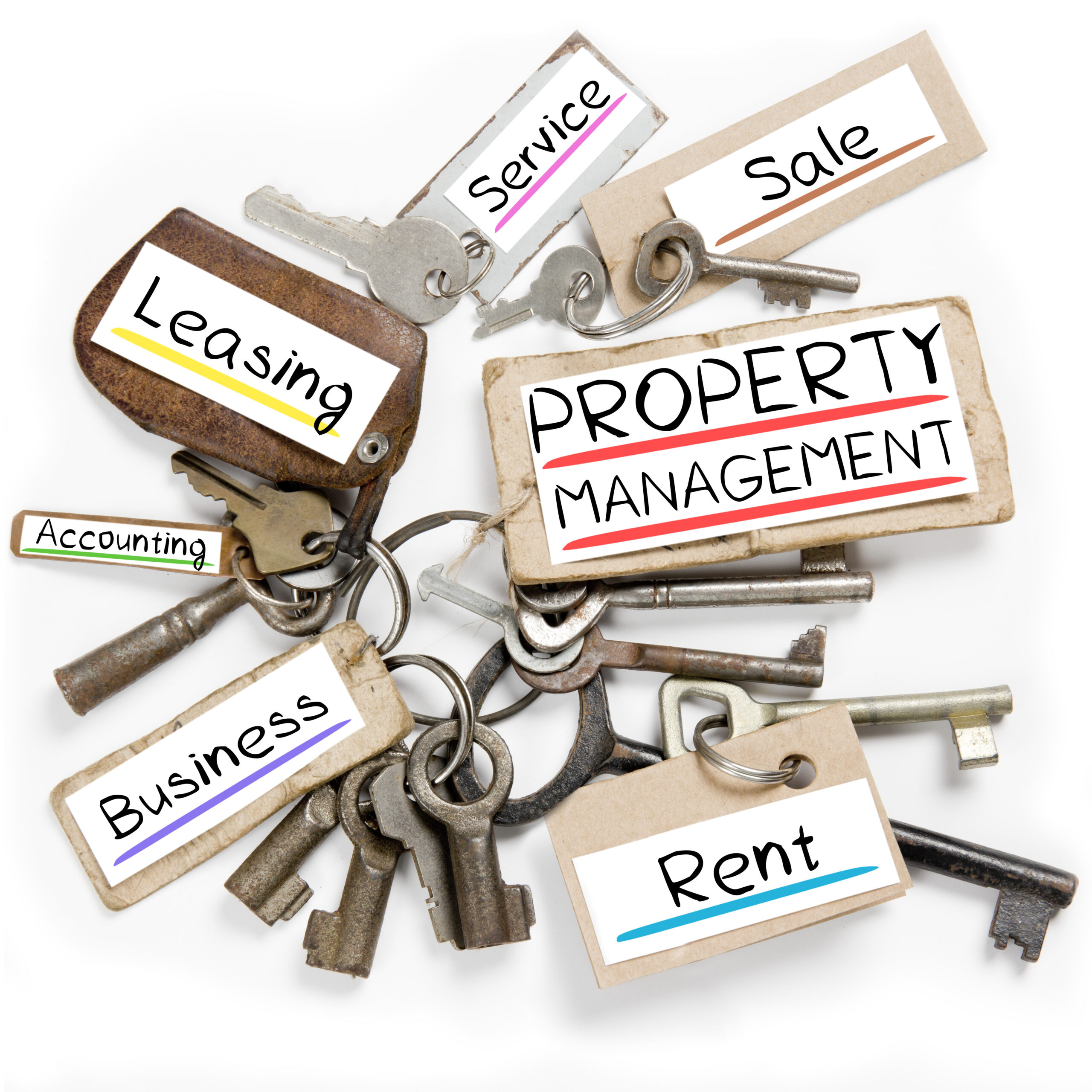Reserves, or more specifically a loss reserve, is an estimate of the amount for which an insurance claim will ultimately be settled. Additional money not set aside from the initial filing of claims is used for the insurance company’s investment portfolio on Wall Street. Setting aside too much money can cause the insurance company to potentially risk losing out on investment opportunities. Comparatively, setting aside too little causes an adjuster to have to make a “capital call” to claw back investment money. Insurance companies want a reserve amount to be as accurate as possible, and so should you and your clients. Below are frequently asked questions about claim reserves. Contact our team to find out more about setting claim reserves and how C3 Group handles reserves to expedite the claim process.
What is a claim reserve?
The reserve for an insurance claim is an estimate of the potential cost of the claim that is used to ensure the insurance company has enough funds available to cover the claim in full if it is approved. The reserve consists of the expected indemnification costs and claim expenses associated with a given claim.
When is the reserve set during the insurance claim process?
The claim’s reserve is typically set by the insurance company at the beginning of the claims process. Typically, there are three stages of the reserve setting process;
Stage 1. When the claim is filed. The carrier representative places a preliminary amount on the claim based on the information given at the time of filing and information gathered from the property’s insured to value (ITV). This reserve is often referred to as a “soft reserve.”
Stage 2. After the first inspection by the assigned carrier adjuster/representative. The adjuster/representative will evaluate the damage and estimate the cost of repairs or replacement. This will then adjust the reserve amount accordingly, either up or down, based on the original or “soft” reserve.
Stage 3. Upon delivery of the initial coverage determination to the policyholder. At this point, the carrier feels it has established what it understands to be an accurate scope and cost of repairs associated with the claim. This is often referred to as the setting of a “hard reserve.” As the claim progresses, the reserve may be adjusted based on new information or additionally discovered damages. For example, if the adjuster initially estimated the cost of repairs to be $1,000,000 but later additional damage is discovered that increases the estimate to $1,500,000, the reserve will then be adjusted accordingly. However, once the reserve has been established, adjusting the reserve can be an arduous process due to the expectations previously set for the claim’s total value which will have to be overcome.
Why is it important to set an accurate reserve?
Setting an accurate reserve for a property damage claim is important because it helps ensure that the insurance company can appropriately allocate the necessary funds to cover the claim from the start. A reserve is an estimate of the total amount of money that will be needed to ultimately resolve a claim, including the costs of repairs or replacements, legal fees, and other possible associated expenses.
If the reserve is set too low, the insurance company may not allocate enough funds to cover the full cost of the claim, leading to delays in processing the claim and potentially leaving the policyholder unable to recover the proper settlement. On the other hand, if the reserve is set too high, it can lead to unnecessary expenditures by the insurance company, potentially resulting in difficulty substantiating claims and higher premiums for the policyholder.
Therefore, an accurate reserve is essential to ensure that both the policyholder and the insurance company are protected. An accurate reserve allows for a smoother claims process, ensuring that the policyholder receives the necessary funds to cover their losses and that the insurance company can manage their financial obligations effectively.
How does engaging a public adjuster early in the claims process help?
A public adjuster can assist in setting an accurate claim reserve by providing a detailed and independent assessment of the damage or loss to the insured property. A public adjuster’s role is to represent the policyholder, not the insurance company, and to ensure that the policyholder receives a fair and adequate settlement.
Here are some ways an experienced and quality public adjuster can help in setting an accurate claim reserve:
1. Conducting a thorough inspection of the property: A public adjuster will conduct a detailed inspection of the property to assess the full extent of the damage and identify any additional damages that may not have been initially identified by the insurance company’s adjuster. This inspection will help the public adjuster to provide an accurate estimate of the cost of repairs or replacement.
*Note that the earlier you involve the right public adjuster for your claim the better and faster your claim results will be.
2. Document the damage: The public adjuster will take photographs and videos of the damage to document the extent of the damage and provide evidence to support the claim.
3. Furnishing a comprehensive representation of the loss: The public adjuster will produce an estimate(s) to provide an accurate representation of the cost of repairs or replacement. The public adjuster can also help the policyholder to select a qualified contractor to perform the repairs when necessary.
4. Negotiate with the insurance company: The public adjuster will negotiate with the insurance company to ensure that the policyholder receives a fair and adequate settlement. The PA can challenge the insurance company’s estimate of the cost of repairs or replacement and provide evidence to support a given estimate. By providing a detailed and independent assessment of the damage and negotiating with the insurance company, a public adjuster can help to ensure that an accurate claim reserve is set and that the policyholder receives a fair and adequate settlement.
More about hiring a public adjuster
Setting claim reserves are an important aspect to proper insurance claims handling. Please don’t hesitate to reach out to our team to find out more about our process and how we handle setting claim reserves. Contact us
About C3 Group
Our team is comprised of an incomparable investigations team of certified Level 3 Xactimate estimators, and Public Adjusters that have experience handling some of the most complex insurance claims. Each member of our team is committed to putting people first, making sure every question is answered, and an open line of communication is in place throughout the process. We value transparency to ensure all of our clients know exactly what to expect and are involved in any decisions or issues that may arise. Our team prides itself on producing a proven work product that relies on our fanatical attention to detail and data-driven results. This allows our work product to speak for itself, eliminating many carrier arguments from the beginning of the claim process to a quick and accurate settlement.
Policyholders should not have to settle when it comes to their property damage insurance claims. We believe they should Settle For Better.







